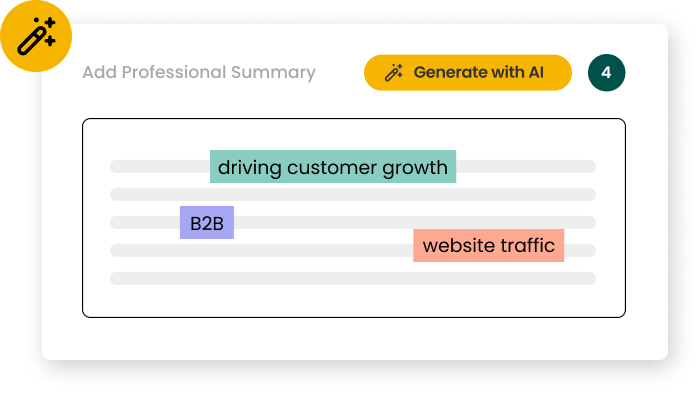How long should I make my Clinical Data Abstractor resume?
A Clinical Data Abstractor resume should ideally be one to two pages long. This length allows you to showcase your relevant skills, experience, and certifications without overwhelming the reader. Focus on highlighting your data abstraction expertise, knowledge of medical terminology, and proficiency with healthcare information systems. Use bullet points to concisely present your achievements and quantify your results where possible, such as the number of records processed or accuracy rates achieved.
A hybrid format works best for Clinical Data Abstractors, combining chronological work history with a skills-based approach. This format allows you to showcase both your relevant experience and key competencies. Include sections for summary, skills, work experience, education, and certifications. Use a clean, professional layout with consistent formatting. Emphasize your proficiency in data abstraction tools, knowledge of medical coding systems, and familiarity with healthcare regulations like HIPAA to align with 2025 industry standards.
What certifications should I include on my Clinical Data Abstractor resume?
Key certifications for Clinical Data Abstractors include Certified Tumor Registrar (CTR), Registered Health Information Technician (RHIT), and Certified Coding Specialist (CCS). These certifications demonstrate your expertise in medical data management and adherence to industry standards. Additionally, consider obtaining certifications in specific Electronic Health Record (EHR) systems used in your target organizations. List your certifications in a dedicated section, including the certifying body and expiration date to showcase your up-to-date qualifications.
What are the most common mistakes to avoid on a Clinical Data Abstractor resume?
Common mistakes to avoid on a Clinical Data Abstractor resume include using excessive medical jargon, neglecting to highlight data accuracy rates, and failing to demonstrate knowledge of current healthcare information systems. To avoid these pitfalls, use clear language, quantify your achievements, and emphasize your proficiency with relevant software and databases. Additionally, ensure your resume is tailored to each specific job application, aligning your skills and experience with the requirements outlined in the job description to maximize your chances of success.
